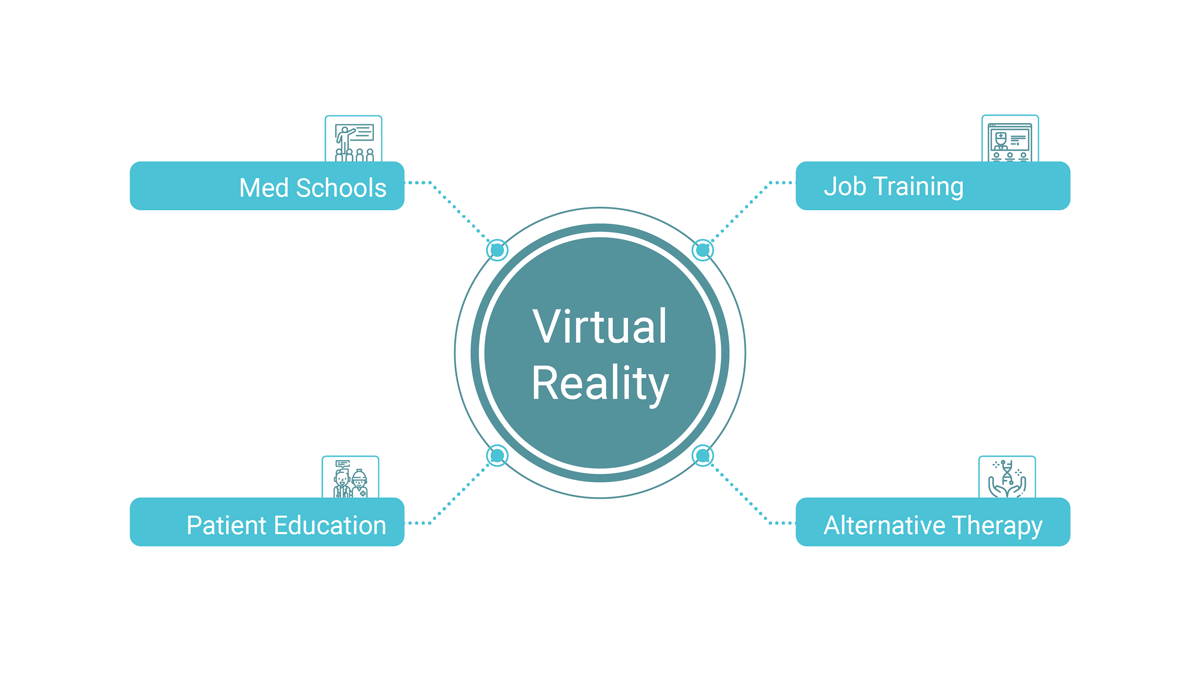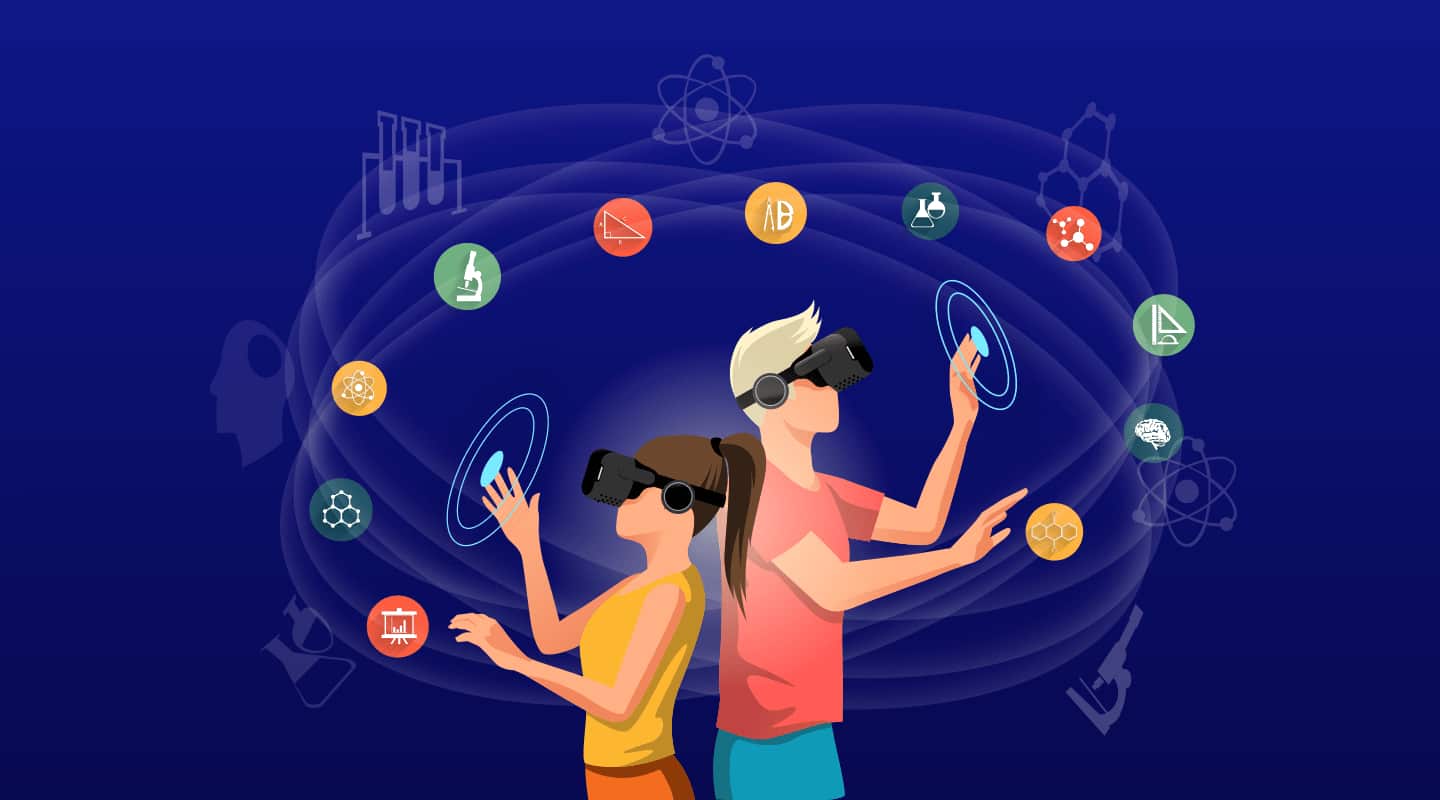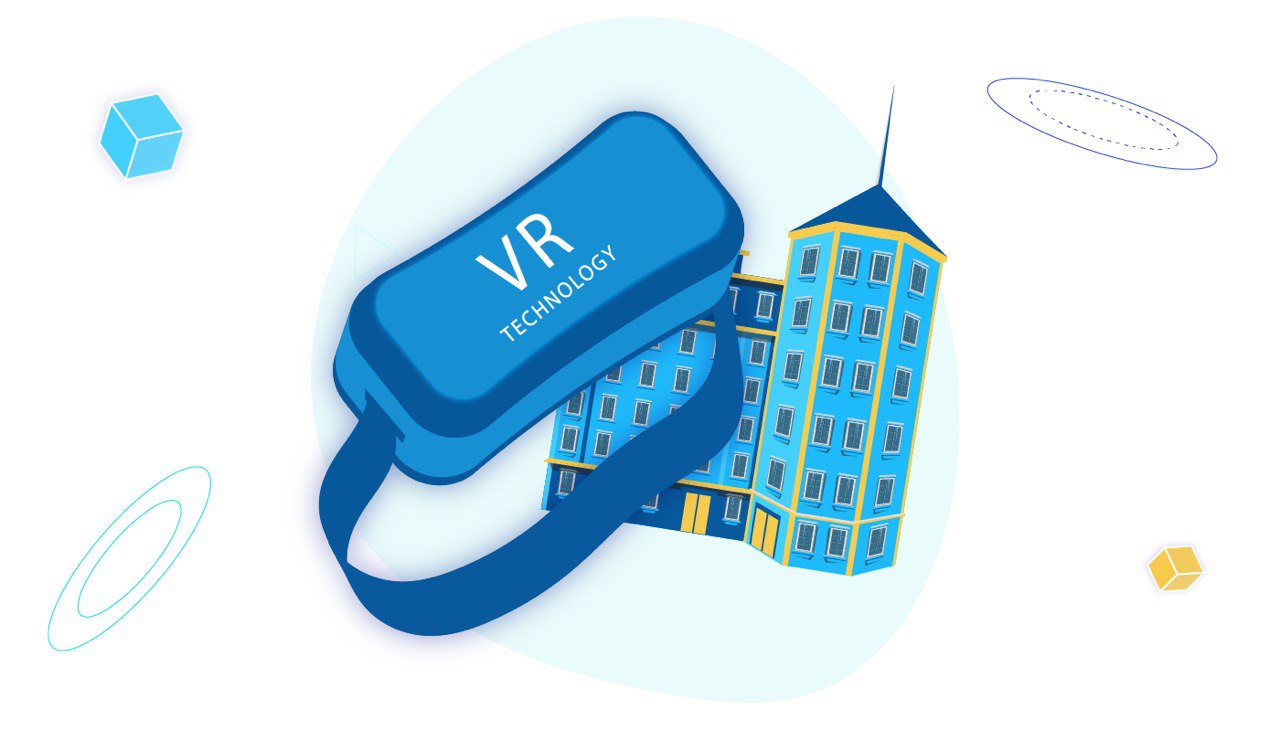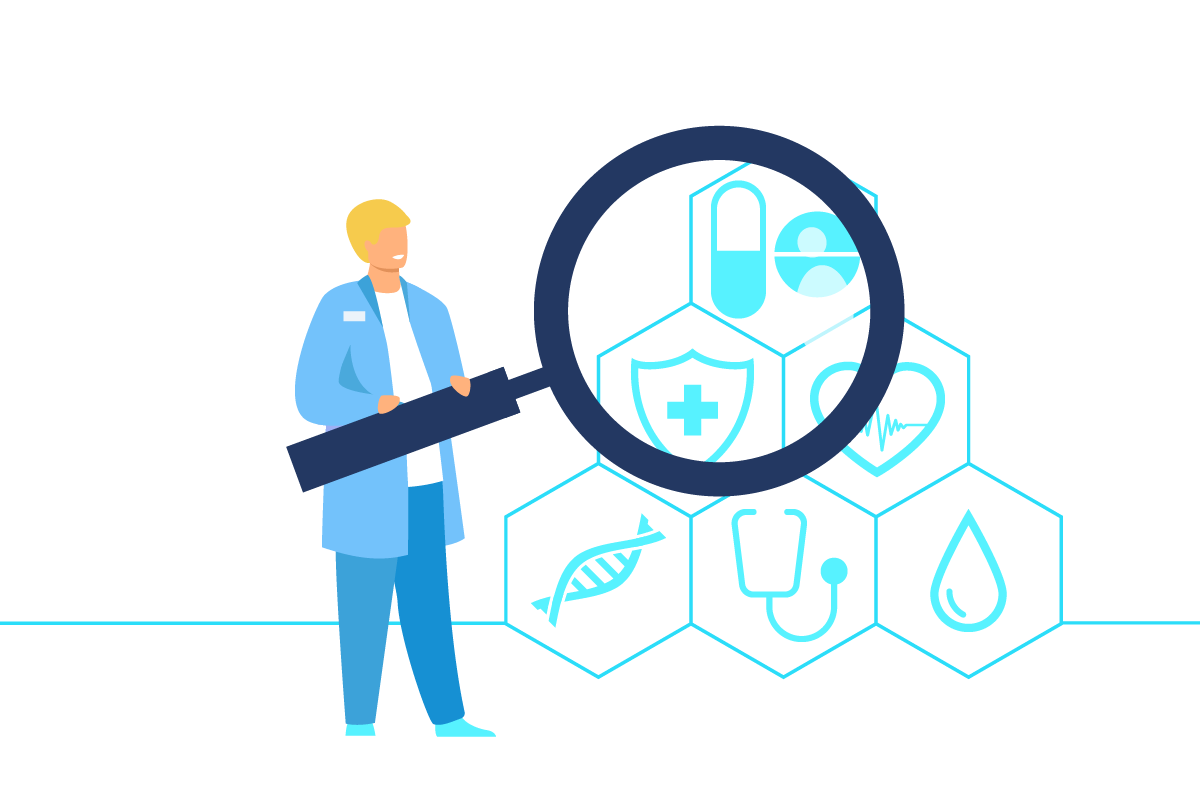The future of healthcare is here, and much of it is virtual.
Gone are the days that we went under the knife with mere humans completing a procedure. Thanks to the many innovations in robotics, computer software, and other forms of healthcare technology, medical procedures have become near perfect and precise.
With so many advances in everything involving technology, the healthcare field is not immune to keeping up with these 21st-century advancements. One of the most exciting innovations has been the use of virtual reality in healthcare. In fact, the virtual reality (VR) and augmented reality (AR) market in healthcare alone, is expected to reach over $5.1 billion by 2025.
The option of using virtual reality to train medical professionals is a huge win for healthcare education. Also, using virtual reality as an option to help patients understand procedures and treatment plans is adding another level of confidence within the medical field.
Virtual reality is changing lives across the globe. Now, it’s saving lives, as well.
Let’s check out how virtual reality applications in healthcare are making a positive impact on patients and treatment options.
Top Virtual Reality Innovations in Healthcare
Virtual reality has, literally, created an entirely new way to experience and learn.
When it comes to the healthcare field, this is especially true. The emergence of VR in healthcare can lessen the need for human trials and experimentation. Medical professionals, researchers, and manufacturers of medical equipment can create real-life scenarios and situations in a virtual environment, without the need for actual patients.
Here are a few areas where virtual reality and healthcare innovations are really making changes for both medical professionals and patients.
Virtual Reality in Med School
Virtual reality and medical schools have become friends and life-long partners.
In addition to the white lab coats and piles of textbooks, many medical schools are adding VR goggles as an important part of their required course materials. Med schools across the globe are investing time and money into VR/AR training facilities and programs for their students and staff. Giving students access to consistent training is crucial for learning how to react in a real-life situation. Providing this training in a virtual environment saves time, money, and space.
Before students begin working with patients, VR technology is providing students an opportunity for a more immersive learning experience. Pairing VR headsets and software applications, students can get hands-on practice before they actually put hands on a patient.
VR technology allows students to take a journey into the body, view neurological activity from within the brain, and practice complicated procedures. They are able to acquire first-hand experience and learn how the human body works.
VR healthcare programs and technology give users the ability to see and experience human systems such as the circulatory, endocrine, and respiratory systems from the inside. Using this type of 21st-century technology can and will have the potential to transform modern medicine.
This is where the inclusion of virtual reality in healthcare education has really started making incredible advances.
Students at Stanford University School of Medicine are using a program called Surgical Theatre. VR goggles like the Oculus Rift allow them to see and manipulate organs before actually working on a cadaver.
Another use of virtual reality in med school is the combination of medical animation with medical content. Students can pair software, like the VR Human Anatomy with Oculus Touch Controllers. Using these interactive controllers, VR headsets, and software programs, students can interact with each of the bones, muscles, ligaments, and tendons that create the human body. Information is displayed while users manipulate each part of the anatomy.
Other programs use the same Oculus Rift headset and Oculus Touch Controllers to simulate an up-close and personal look at every part of the brain. Med schools using this type of software can provide students the opportunity to visualize and interact with infinite combinations of neuroimaging data.
Combining medical education with the infinite possibilities that virtual reality in healthcare can offer, students can be more prepared to meet the needs of their future patients.
Virtual Reality for On-the-job Training
Practice makes perfect.
New medical procedures are introduced every year. Thus, there is a greater need and demand for new training to learn these procedures.
This need has led to a perfect mix of virtual reality and healthcare. Healthcare professionals are constantly being required to learn new surgical procedures. In 2019 alone, ten new medical procedures were introduced for use in hospitals all over the world. Advancements like robotic surgery, wireless brain sensors, and artificial organs have become commonplace in the medical profession.
These new procedures require a healthy amount of hands-on training. However, learning where and how to place a wireless brain sensor isn’t a great skill to learn through an online course. Pair that online course, though, with a VR headset, some Oculus Touch Controllers, and a simulation program, and surgeons have endless opportunities to practice before they perform the actual procedure.
Now, thanks to virtual reality in healthcare education, medical professionals are able to practice surgeries, tasks, and drug combinations in a type of gamification setting. Doctors and surgeons can see a procedure before it needs to be performed. For example, a doctor can input patients’ MRI and CT scans into a handful of immersive programs, and by using VR headsets and touch controllers, they can work through best and worst-case scenarios.
These virtual reality applications are helping surgeons be better prepared for procedures. Virtual reality is also giving patients some much-needed reassurance.
Virtual Reality for Patient Education
Surgery is scary.
Regardless of how routine a surgical procedure may be, a few patients actually feel at ease. In the same way that doctors and surgeons are using VR applications and technology to prepare for surgery, patients are being given the opportunity to see the procedure, too, before it happens.
Adult patients have a decent way to cope with upcoming surgeries and procedures. Younger kids, though, can be terrified.
Depending on the patient’s demographics, companies are beginning to create VR prescriptions. These prescriptions are helping patients understand a new drug, a new therapy, or an upcoming procedure. The kid versions use more of a cartoon, light-hearted approach. Older patients receive information in a straightforward format.
With VR headsets, patients can spend a few minutes understanding their diagnosis as well as their treatment plan.
Virtual Reality for Alternative Therapy
People associate healthcare with pain.
We think about surgeries and procedures. We think about diseases and diagnoses. We think about anything and everything that may land us a night, or two, in a hospital bed.
One of the most anxiety-producing situations for any patient is the time of a surgery or any other medical procedure. However, one study proved how efficient and effective the use of virtual reality in healthcare scenarios could be in eliminating pain, discomfort, and anxiety without the use of medication.
A simple VR headset with a relaxing and stimulating game was found to have the ability to lower anxiety and fear through a virtual escape.
The Virtual Reality Pain Distraction Experience conducted research, which involved a focus group of fifty (50) patients with a VR headset and a 15-minute VR experience called Pain RelieVR. The gameplay focused on hitting objects with balls while wandering around a relaxing, fantasy world.
There was no violence. There was no competition. There was also no need to physically move while wearing the headsets.There was, however, motivational music, positive animations, and direct messages to keep the patient engaged. All it took to play the game was a simple turn of the head.
This type of study showed a clear indication that VR applications in healthcare had the potential to help patients deal with pain and anxiety without the use of pain meds. Another similar study focused on VR’s ability to detract from a woman’s pain during childbirth without the use of an epidural.
A relatively pain-free experience in a hospital seems to be getting closer to reality.

Modern Medicine is Getting Virtual
Technology doesn’t just make things digital and innovative.
Technology has the power to change lives and help people lead healthy lifestyles. Virtual technology opens up the world to experience life in a way we never thought was possible. Virtual reality in healthcare is changing the landscape of modern medicine.
When it comes to the possibilities of virtual reality and healthcare, the options are endless.
Are you a healthcare provider striving to contribute to the next generation of healthtech with a revolutionary innovation? Do you have doctors, surgeons, and nurses that could benefit from immersive training? Do you have patients that could benefit from a non-pharmaceutical method to treat anxiety and pain management?
Maybe it’s time to create your own virtual reality healthcare program. All you need is an idea and a goal.
Ready to create something that could drastically change the lives of others? Let us help. We can take an idea or a design and make it become a reality. Let our VR team help you create a brand-new immersive experience for your users.
The real world is finite. The world of virtual reality is endless.




